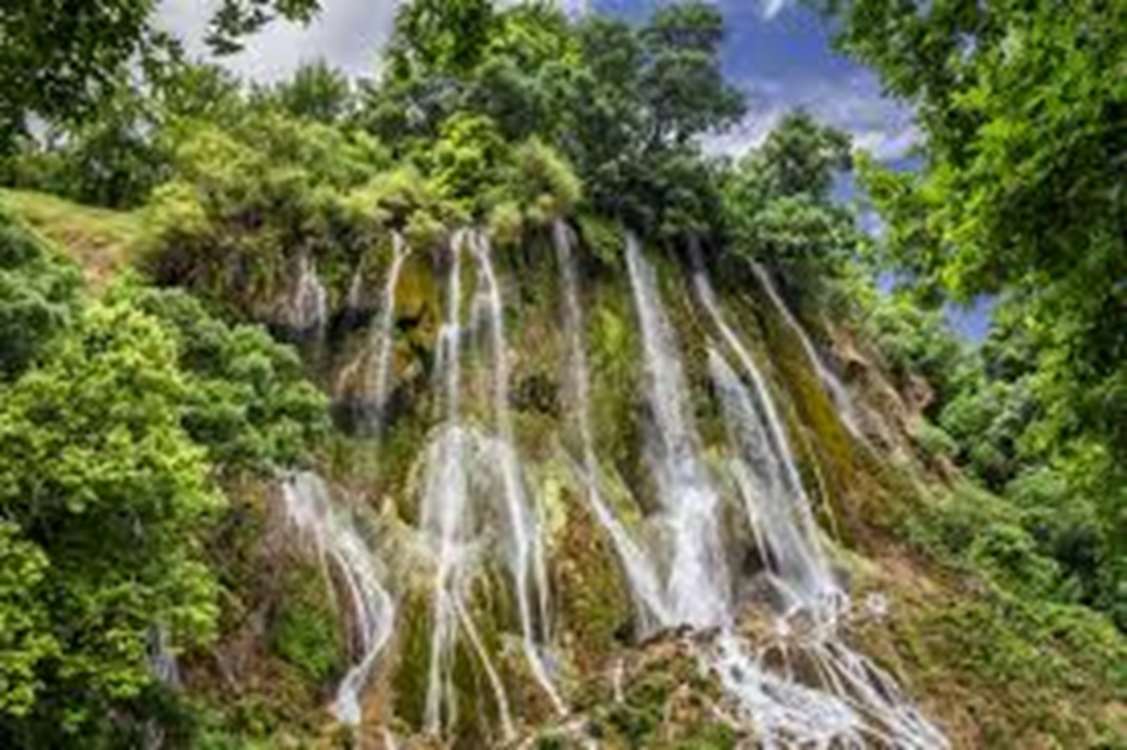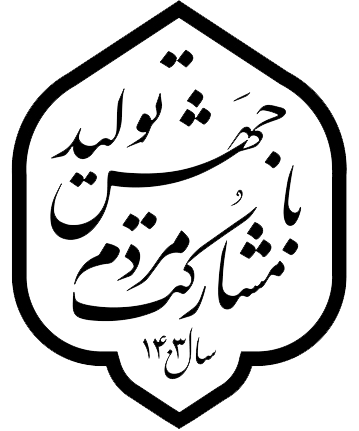Northern, Zagros forests save billions cubic meters of water annually

Northern, Zagros forests save billions cubic meters of water
annually
An official with Iran’s Forests, Rangelands, and Watershed
Management Organization said the forests of northern Iran as well as the
oak-rich Zagros forests, respectively, save 1,500 and 1,000 cubic meters of
water per hectare.
The forests of northern Iran and the oak-rich Zagros forests
- covering large swathes of western and southwestern Iran - are precious
resources that play important role in preserving the aquifers, Abbas-Ali
Nobakht said on Saturday.
He added that the organization has plans underway to protect
and rehabilitate trees and woodlands in the forests.
“We want to attract public participation and plant trees in
line with reviving and protecting the forest,” Nobakht said.
The Hyrcanian forests, for which the alternative breathing
plan is to be implemented, start with an area of 1.9 million hectares from
Astara in the north of Gilan province and extend to Golidagh in the east of
Golestan province with a length of approximately 800 km and a width of 20 to 70
km. A small part of Hyrcanian forests, equivalent to 20 thousand hectares, is
located in Azerbaijan.
Zagros forests are among the most important natural
resources of Iran, as it constitutes 40 percent of the country's forests, and
play an important role in the production of a large part of the country’s
freshwater. Two important functions of Zagros oak forests are water and soil
protection, which are of undeniable importance due to the predominant arid and
semi-arid climate in the country, as any kind of conservation and
rehabilitation investment is justified. Zagros forests are considered protected
forests due to their limited growth.






